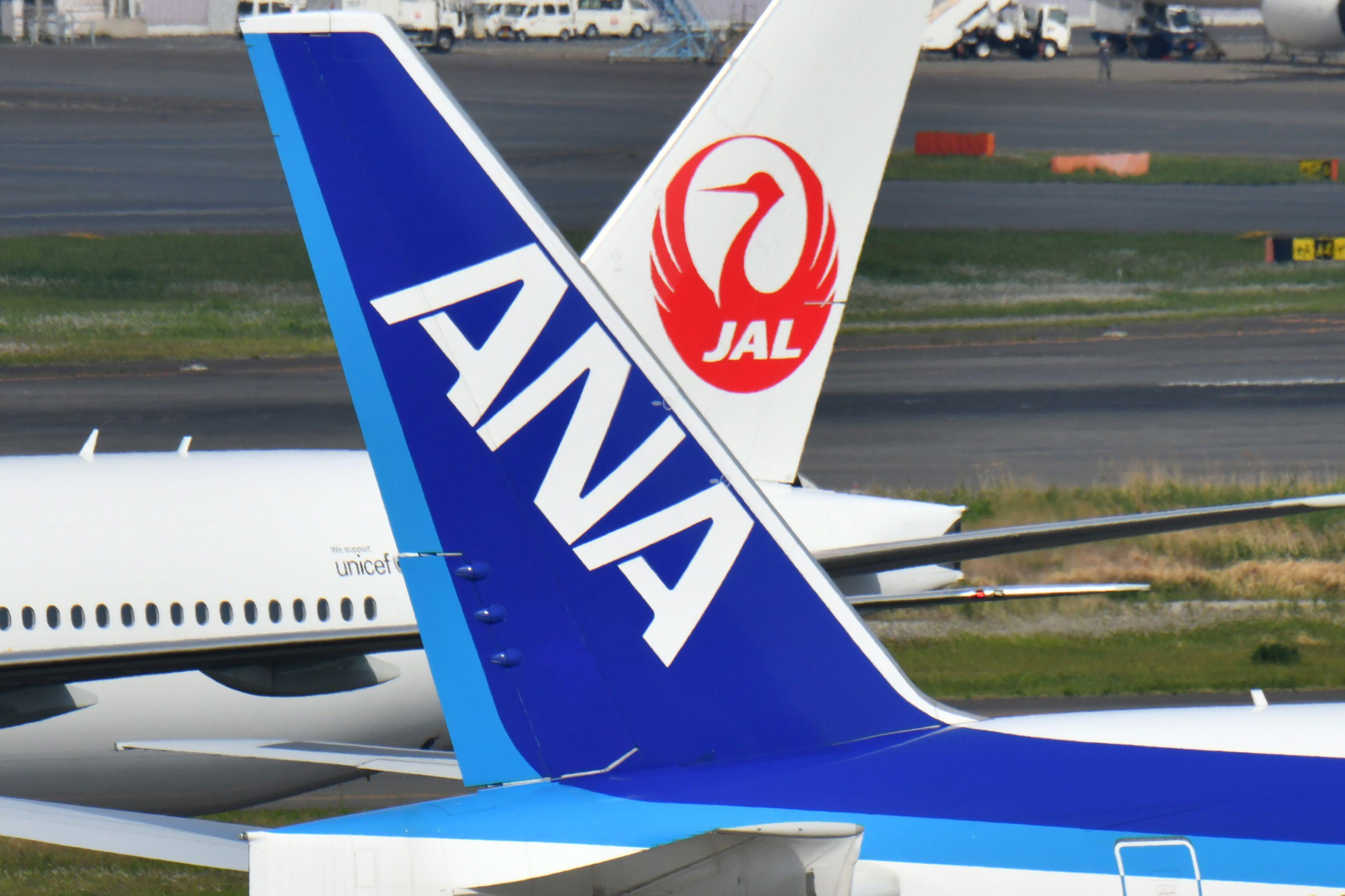
The Japanese government has signaled that it will end some of the most restrictive COVID-19 entry rules that have been suppressing international travel to Japan.
Prime Minister Fumio Kishida announced that a range of pandemic-related border measures will be removed from Oct. 11. This is a very significant step, as Japan has been one of the few remaining Asia-Pacific markets restricting inbound travel.
The government intends to scrap rules that limit tourism to pre-planned guided tour groups. This would allow independent travelers to return.
Daily arrival caps will also be removed. The caps currently constrain arrivals to about one-seventh of pre-pandemic daily volumes.
Another significant change will be allowing visa waiver programs to resume with qualifying countries. During the pandemic, the government required all overseas visitors to apply for visas, involving a cumbersome approval process.
Both All Nippon Airways and Japan Airlines have been urging the government to end these restrictions. While some of the measures have been progressively eased this year, the remaining rules have been enough to keep international arrivals at very low levels.
ANA CEO Shinichi Inoue said the relaxation of border restrictions will encourage travel, and the current depreciated value of the Japanese yen should make visiting the country more attractive. He noted that inbound tourism has a major economic impact in Japan, with visitors spending almost ¥5 trillion ($35 billion) in 2019.
This week ANA updated its international schedule plans, with the airline aiming to operate 37% of its pre-pandemic flight numbers. This rate is expected to increase to 39-40% in subsequent months.
Overall international capacity in the Japanese market, as measured by weekly seats, is at just 24.8% of 2019 levels, according to data from CAPA and OAG.
